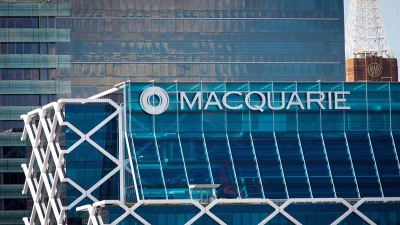IOOF shows strong profit but tight-lipped on listing
IOOFhas reported strong fundamentals for the 2003 financial year with revenue up 32 per cent to $160 million and an after-tax profit of $34 million, which compares to the $16 million profit it posted the previous year.
However the group remains ‘poker-faced’ over its planned upcoming float, which is set for November though the specific schedule may depend on the strength of the group’s performance figures to be announced at its annual general meeting (AGM), also in November.
IOOF chairman Ray Schoer would not confirm an exact date, saying only that a prospectus for listing is being prepared. It is expected IOOF will use the occasion to raise some capital for acquisitions as the company is currently debt-free, a legacy stemming from its friendly society days.
The group goes into the listing process showing inflows of $3 billion, up 72 per cent on the corresponding year for both its funds management and administration businesses.
IOOF managing director Rob Turner says if the figures of AM Corporation, purchased by IOOF in February, were included the rise would have been close to 200 per cent. IOOF now has a total of $12 billion funds under management and administration.
According to Turner the acquisition of AM was the highlight of the year for the group but he is still refusing to reveal an acquisition price for the Sydney fund manager as they are bound by a confidentiality clause.
It is expected the final figure will be revealed in the IOOF annual report that will be released before the AGM.
A figure of $19 million has been quoted by industry sources, which is well down on the original estimates of $32 million and far short of the $100 million AM managing director David Smith originally suggested as the value of the company.
Turner says coinciding with the acquisition of the AM business, IOOF also completed the last of its non-core asset disposals with the sale of its health business for $7 million. During the past five years IOOF has sold its building society, trustee business and its retirement villages.
The integration of the AM business into IOOF is on track, says Turner, although there will be further job losses at both organisations as part of these moves. About 100 people have gone to date, although Turner would not be drawn on the future number of retrenchments.
Operating costs at IOOF are down 15 per cent in the financial year which Turner attributes to economies of scale achieved through the AM acquisition.
One recent voluntary departure was Richard Nunn, IOOF’s head of distribution toColonial First State.
Turner says the search for his replacement is still underway with interviews of candidates being undertaken. He expects to appoint somebody to the position over the next month.
Recommended for you
In this episode of Relative Return Insider, host Keith Ford and AMP chief economist Shane Oliver unpack the RBA’s decision to keep the cash rate on hold in the face of rising inflation and whether the governor’s hawkish tone is a sign of things to come.
In this episode of Relative Return Insider, host Keith Ford and AMP chief economist Shane Oliver discuss the September quarter GDP figures, which show Australia’s economy regaining momentum.
In this new episode of The Manager Mix, host Laura Dew speaks to Haley Devine, head of wealth management at MaxCap Group, to delve into private credit and commercial real estate.
In this new episode of The Manager Mix, host Laura Dew speaks to Benjamin Leung, head of systematic investments at Macquarie Asset Management, to understand the use of systematic investments.







